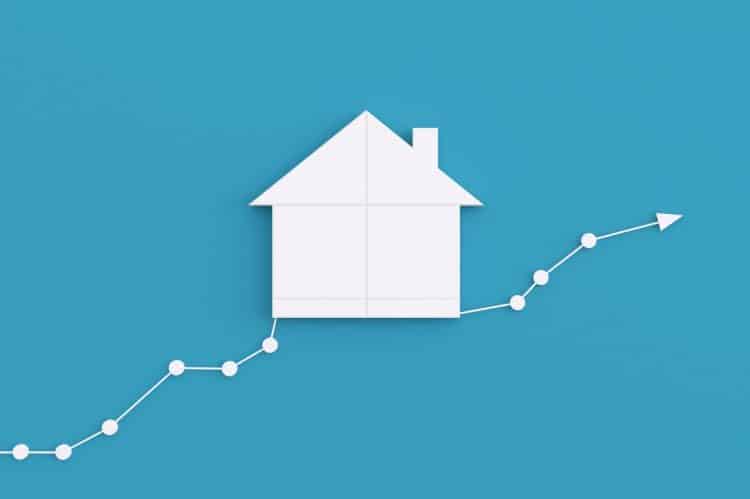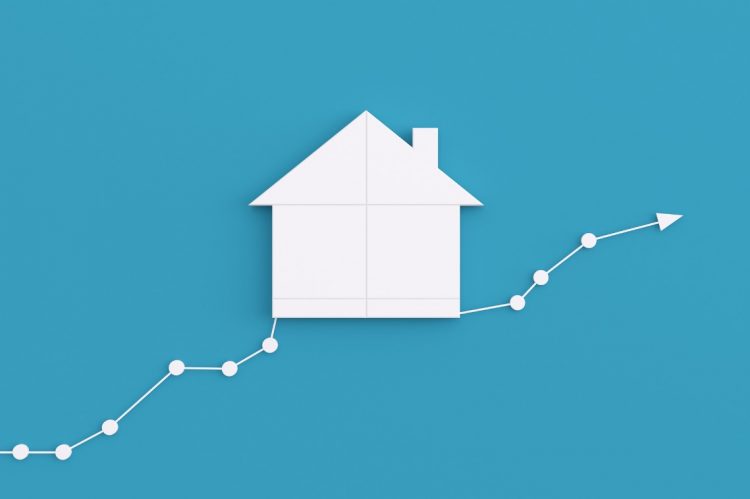
HOUSING RECESSION ‘ESSENTIALLY OVER,’ SAYS NAR ECONOMIST

Almost exactly a year ago, National Association of REALTORS® (NAR) Chief Economist Dr. Lawrence Yun first coined the term “housing recession” to describe the swift, sharp decline in real estate markets all over the country, as the Federal Reserve raised rates and spiraling inflation stung consumers.
This week, with inflation seemingly under control and housing demand holding strong against higher mortgage rates, Yun is officially declaring this recession over, with the expectation that real estate is on an upward trajectory.
“The housing recession, I would say, is essentially over,” Yun declared. “Furthermore, from a homeowner’s perspective…I think we have essentially reached the low point (for home prices), and we are set for some increases.”
Speaking on NAR’s midyear residential forecast summit alongside NAR VP of Research Dr. Jessica Lautz, Yun said that potential pitfalls still abound—most immediately from a recent U.S. government credit rating downgrade, which promises to put more short-term pressure on mortgage rates.
But overall, data indicates that housing is primed for a rebound, driven by high buyer demand, strong new-home sales and a resilient economy, according to Yun, with hope that data specifically around rent costs will help push the Fed to end rate hikes or even slash rates in the near future.
“As the rents come down in the future months and going into next year, CPI inflation would be much calmer and better behaving, which would allow the Federal Reserve not only to stop raising interest rates, but opens the possibility of cutting interest rates once the inflation truly comes down,” Yun said.
For those who are familiar with—or lived through—the 2008 financial crisis, this most recent downturn is relatively short and shallow by comparison, said Yun, with a handful of mostly regional price declines and about two years of negative housing GDP growth.
But in much the same way the decline in housing activity was a complex, multi-layered interaction, a rebound will likely be anything but straightforward. While mortgage rates should be falling by the end of the year, Yun said the aforementioned credit rating downgrade could complicate things in the near term. And while inventory remains scarce, strong new-home sales—and some potential policy decisions NAR is lobbying for at the federal level—could more quickly turn supply problems around.
“Builders can add inventory, and they can find a buyer,” Yun said. “Hopefully…the builders still offer REALTORS® the chance to bring them clients…(because) right now, the business opportunities are there.”
The big picture
Lautz, who took a look at the trends specifically in real estate transactions, focused on how certain trends have either remained positive or rebounded back to pre-COVID levels. For instance, the average number of offers on a home currently sits at 3.5, down from 5.5 at the peak of the selling frenzy in 2020-21. Back in 2015, the average number of offers was 2.4.
“We do still see competition in the marketplace,” she said.
Cash buyers remain very high, which Lautz said is an “incredibly important” trend to watch. These buyers are not necessarily investors, she added, even though investors are still throwing cash around.
“When we think about the typical consumer…what we actually see is the typical homeowner who has been in their home for 10 years has $200,000 in housing wealth,” she explained. “If they’ve been in their home longer, and they’ve got some savings as well, they may be able to pay all cash.”
These indicators would offer hope that as long as the rest of the economy remains strong, and there are no massive job losses, consumers are ready to buy and sell homes.
But Yun pointed out that there is a significant barrier likely to prevent a swift or huge surge in real estate activity: the ever-present inventory shortage. Homeownership rates may be fully capped in many areas based on current supply, he claimed.
“This may be the peak unless we address inventory. If inventory is limited, maybe this will be the peak in homeownership rates, because this is a tough go for first-time buyers,” he said.
Although a surge in new builds provides medium-term hope for addressing the inventory crisis, Yun said NAR is also lobbying for a change to tax policy, a “temporary capital gains tax relief” for rental properties sold to owner-occupants. This could provide “more immediate” relief in the inventory crisis, according to Yun.
That policy could be limited to first-generation buyers or low-income buyers—something that the Biden administration has previously used as restrictions for certain tax credits or programs in attempts to increase homeownership. Yun pointed out that homebuyer credits helped pull the housing market out of the 2008 slump as well.
“We may have some real estate investors try to take advantage of that,” Yun said. “We’re working on it…please be patient. I know congress is focused on many, many issues out there.”
Tags: FeatureFedFederal ReserveHome PricesHome SalesHousing Markethousing recessionInflationmarket outlookMLSMLSNewsFeedMLSSpotlightMortgage RatesNARReal Estate Economics

JESSE WILLIAMS
Jesse Williams is a senior editor for RISMedia.